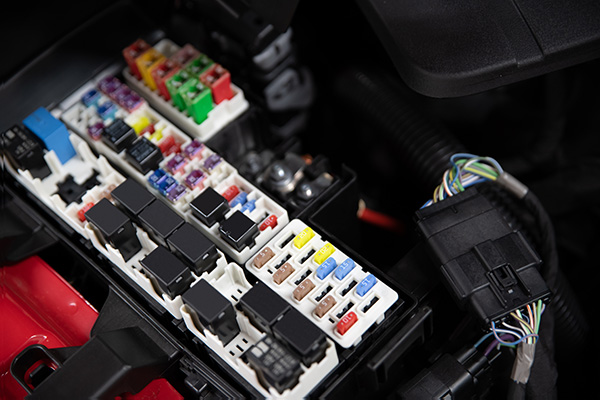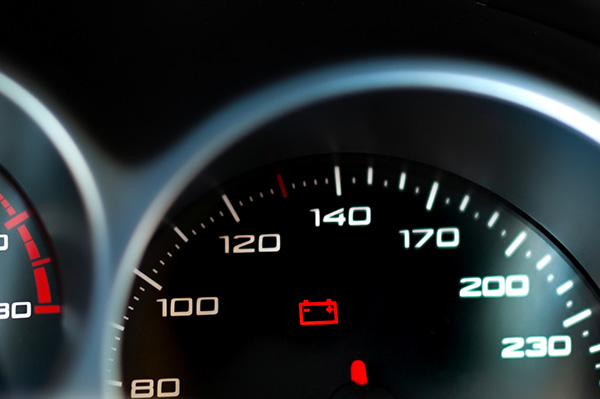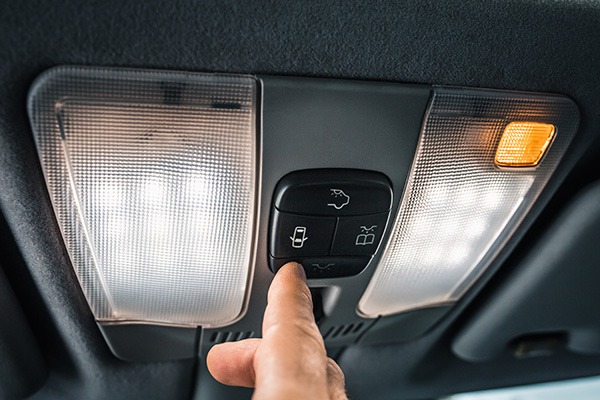Posted on 9/26/2025

Modern cars rely heavily on electrical systems. From powering lights and sensors to keeping the engine running smoothly, electricity is involved in nearly every function of your vehicle. When something goes wrong, the signs are not always obvious. A hidden electrical problem can create frustrating issues that seem unrelated at first. Paying attention to subtle clues can help you catch trouble early and prevent larger failures later. 1. Lights That Dim or Flicker Your headlights, dashboard lights, or interior lamps should stay steady once turned on. If they dim when you accelerate or flicker while driving, the problem may be with the alternator, battery, or wiring. Flickering is often a sign of inconsistent voltage, which can lead to more serious issues if ignored. This clue is one of the easiest ways to spot electrical trouble, and it should never be overlooked. 2. Slow or Hard Starting When you turn the key or push the start button, the engine sho ... read more
Posted on 8/29/2025

Seeing your battery warning light come on while you’re driving can be unsettling. Unlike the check engine light, which could point to many different systems, the battery light focuses on your vehicle’s charging system. It signals that the battery is not being recharged properly by the alternator. While your car may still run for a while on battery power alone, the light serves as an early warning that your electrical system may fail soon if not addressed. Common Causes Behind the Warning Light Several issues can trigger the battery light, ranging from simple to serious. A loose or corroded battery connection is often the first culprit. If the wires or terminals are dirty or damaged, the current may not flow efficiently. A worn alternator belt is another frequent cause. This belt drives the alternator, and if it slips or breaks, the alternator can’t generate power. In other cases, the alternator itself may be failing internally. When its output drops ... read more
Posted on 7/29/2025

It might seem harmless to leave your car’s interior lights on while driving, especially if you're searching for something or trying to keep kids occupied on a nighttime trip. But while this may feel like a minor convenience, it can actually lead to distractions that reduce your focus and increase your risk of an accident. Interior lighting is designed primarily for short-term use when the vehicle is stationary. Once you’re on the road, those same lights can interfere with visibility and safety in surprising ways. How Interior Lights Affect Your Vision Driving at night already challenges your eyes. Your pupils dilate to adjust to the darkness and focus on what’s ahead. When interior lights are on, especially dome lights or map lights near the windshield, they compete with the darkness outside, reducing your night vision. This glare from within the cabin causes your pupils to contract, limiting your ability to see the road clearly. Your eyes are ... read more
Posted on 6/27/2025

All-wheel drive (AWD) vehicles are designed for superior traction, better handling, and improved safety on slippery or uneven surfaces. But they rely on a precise balance between all four wheels to function correctly. That’s why tire size, tread depth, and even wear levels need to be consistent across all tires. Replacing just one tire or mixing brands and tread patterns might seem harmless, but for AWD vehicles, it can lead to unexpected and costly issues. It’s a common question: “Do I need to replace all four tires if only one is damaged?” Let’s find out. How AWD Systems Rely on Tire Uniformity Unlike front-wheel or rear-wheel drive vehicles, AWD systems continuously distribute power between all four wheels. They do this through differentials and a transfer case that adjusts torque depending on road conditions and wheel speed. If one wheel is rotating faster or slower than the others because its tire is smaller (even slightly), the sy ... read more
Posted on 5/30/2025

Falling asleep at the wheel is something most people think will never happen to them, but drowsy driving causes more accidents than you might expect. While drunk driving is widely recognized as a major safety threat, driving while sleep-deprived can be just as dangerous. In fact, studies show that the effects of fatigue can mimic those of alcohol in several key ways. Knowing the risks of driving tired will help you make smarter choices about when to get behind the wheel and when it’s safer to wait. How Fatigue Affects Your Ability to Drive When you’re tired, your brain reacts more slowly. Your attention span shortens, your ability to process information drops, and your decision-making becomes impaired. These are the same effects caused by alcohol, and when combined with long hours on the road, they can become deadly. Sleep deprivation reduces your awareness of your surroundings, increases the time it takes to brake or swerve, and leads to drifting out o ... read more